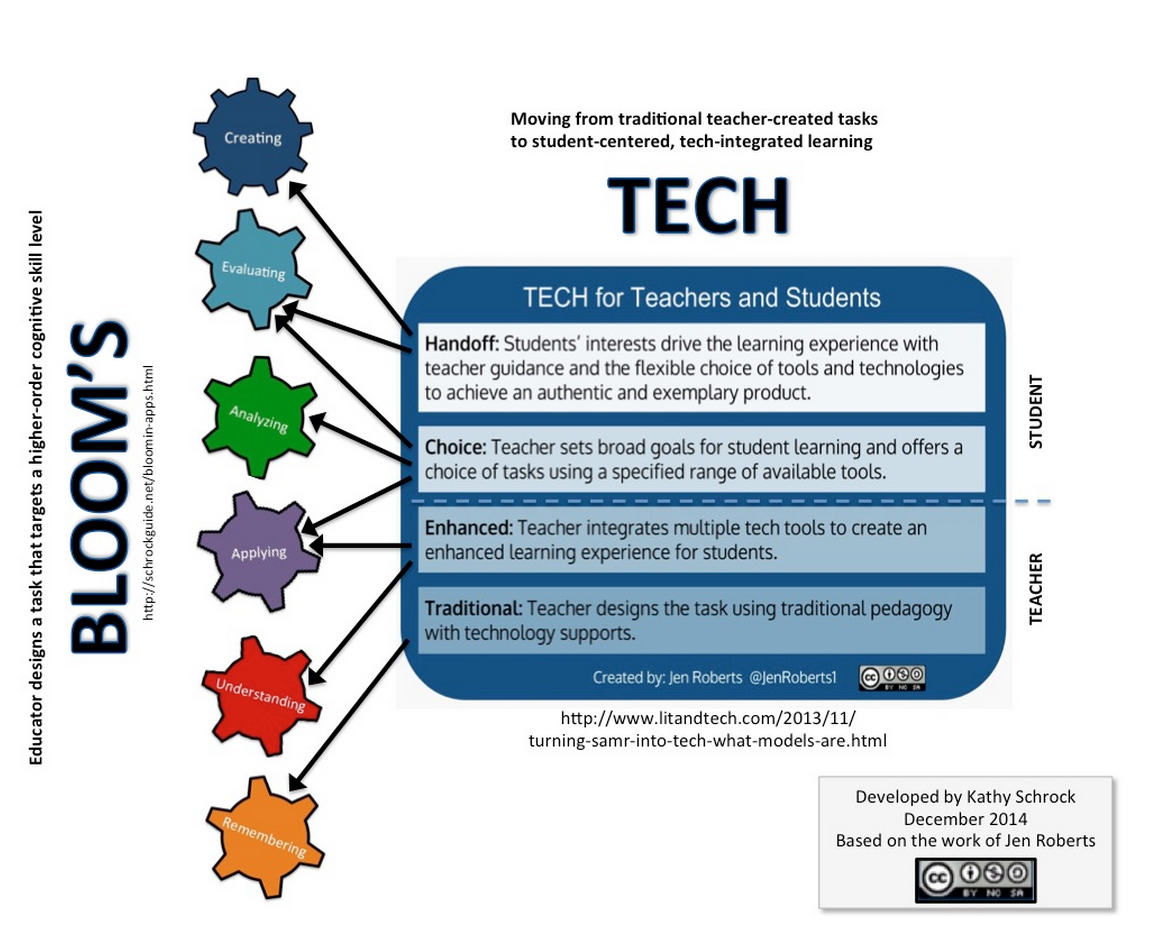On Tuesday my friend Jeff Wrensen posted on his blog about collaborative note-taking:
I was taught how to take notes and jot down important thoughts on paper. In a recent discussion at school, I was told that the students don’t need their laptops to take notes, they can just use paper. My argument was not that typing notes was better, studies show that it is not (both links grabbed from Mike Boll on his G+ feed – PLN in action).
My argument was that the notion of taking notes needed to change. We are connected, as all of the articles we read reiterate, we are creating and recreating real life connections online and making new ‘geeked out’ communities possible.
I’ve been teaching note taking in my ESL classes as a group activity. Their notes look nothing like mine, they are shared Google Docs where everyones’ bullet points, details and big ideas are shared one one page.
It wasn’t that the laptop was replacing handwritten notes. It was that they are in a forced community – the same social studies, language arts and ESL class – and I was hopefully teaching them how to use that community and try to maximize its effectiveness.
His example of changing values on note-taking struck a chord with me. Here is a topic so basic that we ask all of our students to do it every day, yet oftentimes the people teaching it (if there is anyone) are simply repeating the same techniques that originated with pencil and paper technology.
When I was at ISTE in Atlanta last summer, Ruben Puentedura (of SAMR fame) actually used note taking as an example as he went through the SAMR steps. He began at the Substitution level with simple Word document style notes. At the Augmentation stage he talked about students taking notes collaboratively with tools like Google Docs. At the Modification level he proposed the idea of students tweeting their notes with a common hashtag or hashtags that would connect them with a wider world community and also share their notes with the world. Finally, at the redefinition level he shows some sort of hashtag mapping that showed where different people around the world were trending different hashtags related to a topic so you could culturally contextualize them. To be honest, the end was a bit over my head.
Two things struck me about his talk. The first was the power of collaboration and innovation. Most of the greatest advances over the past decades have been the products of powerful collaborations, and yet our schooling, testing, and paper model still focuses on individual work. I work at an IB school, and none of their actual exams or papers are collaborative. Although the momentum is towards a more collaborative environment, there is a great deal of inertia against it.
The second thing that struck me was that Puentedura’s ideas, while thought-provoking, seemed incredibly impractical. While looking at the global trending nature of a hashtag might be an interesting project, I would love to see some research that shows that this sort of ‘redefinition’ actually deepens student learning (about notetaking in this case). I remember when I was in grad school and I designed some lessons on paper that looked innovative, engaging, and pushing the envelope, but most of them I never was able to actually use. Most of the time teaching feeling like you are running a race, or putting out fires.
This is not to say that we should not strive to be innovate, engaging, and to push the envelope. In fact, that’s what my job right now is all about. However, I think it’s wise not to let our own agendas get in the way of doing what’s best for the kids. We have to be innovative and engaging while also meeting the kids (and teachers) where they are, then challenging them to take it to the next level. I’m guessing Puentedura would agree with that as well – hopefully I’ll have the chance to ask him when he comes to 21st Century Learning in Hong Kong in Dec. 🙂

